When you think of a medicine cabinet, you likely think of pain relievers, bandages, and other common medical supplies. But did you know that there are also many acidic and basic substances that can be found in a typical medicine cabinet? In this article, we'll explore some of the most common household acids and bases that can be found in a medicine cabinet and their uses.

What Are Acids and Bases?
Before we dive into the specific substances found in a medicine cabinet, let's first define what acids and bases are. Acids are substances that have a pH level lower than 7, while bases have a pH level higher than 7. The pH scale ranges from 0 to 14, with 7 being neutral. Acids are known for their sour taste and ability to dissolve metals, while bases are known for their bitter taste and ability to neutralize acids.
Acidic Drugs
One of the most common acidic substances found in a medicine cabinet is aspirin. Aspirin is a pain reliever that is often used to treat headaches, muscle aches, and fever. It is also known for its anti-inflammatory properties and is commonly used to treat conditions such as arthritis.
Another acidic drug that can be found in a medicine cabinet is ibuprofen. Like aspirin, ibuprofen is a pain reliever and anti-inflammatory drug. It is often used to treat conditions such as headaches, menstrual cramps, and arthritis.
Basic Substances
On the other end of the pH scale, there are also many basic substances that can be found in a medicine cabinet. One of the most common is baking soda, also known as sodium bicarbonate. Baking soda is a versatile substance that can be used for a variety of purposes, including as a natural deodorant, toothpaste, and antacid. When ingested, baking soda can help neutralize stomach acid and provide relief from heartburn and indigestion.
Another basic substance commonly found in a medicine cabinet is milk of magnesia. This liquid is a suspension of magnesium hydroxide and is often used as an antacid to relieve heartburn, indigestion, and constipation. It works by neutralizing stomach acid and increasing water in the intestines to help with bowel movements.
Other Acidic and Basic Substances in a Medicine Cabinet
Aside from drugs and common household items, there are also other acidic and basic substances that can be found in a medicine cabinet. These include:
Lemon Juice
Lemon juice is a highly acidic substance that is commonly used in cooking and as a natural cleaning agent. It is also known for its health benefits, such as aiding in digestion and boosting the immune system. In a medicine cabinet, lemon juice can be used as a natural remedy for sore throats and canker sores. Its acidic properties can help kill bacteria and reduce inflammation.
Hydrogen Peroxide
Hydrogen peroxide is a common household disinfectant that is often used to clean wounds and prevent infection. It is also a mild acid and can be used as a mouthwash to help whiten teeth and kill bacteria in the mouth.
Ammonia
Ammonia is a basic substance that is commonly used as a cleaning agent. It is also found in some household products, such as glass and oven cleaners. In a medicine cabinet, ammonia can be used as a natural remedy for insect bites and stings. Its basic properties can help neutralize the acidic venom and provide relief from itching and swelling.
Vinegar
Vinegar is a versatile substance that is commonly used in cooking and cleaning. It is also a mild acid and can be used as a natural remedy for sunburns. Its acidic properties can help soothe the skin and reduce inflammation.
Antacids
Antacids are over-the-counter medications that are commonly used to neutralize stomach acid and provide relief from heartburn and indigestion. They are typically made with basic substances such as calcium carbonate, magnesium hydroxide, and aluminum hydroxide.
Why Are Acids and Bases Important in a Medicine Cabinet?
Acids and bases are important in a medicine cabinet because they can be used to treat a variety of conditions and ailments. For example, acidic drugs such as aspirin and ibuprofen can provide relief from pain and inflammation, while basic substances such as baking soda and milk of magnesia can help neutralize stomach acid and provide relief from heartburn and indigestion.
Additionally, many acidic and basic substances found in a medicine cabinet can also be used for other purposes, such as cleaning and cooking. This makes them versatile and cost-effective additions to any household.
Safety Precautions
While many acidic and basic substances found in a medicine cabinet are safe for use, it is important to take proper precautions when handling them. Some substances, such as ammonia and hydrogen peroxide, can be harmful if ingested or come into contact with the skin. It is important to read and follow all instructions and warnings on the packaging before using any substance.
Additionally, it is important to keep all substances out of reach of children and pets. Many household items, such as lemon juice and vinegar, may be safe for consumption in small amounts, but can be harmful if ingested in large quantities.
A medicine cabinet is not just a place for pain relievers and bandages. It is also a place where you can find a variety of acidic and basic substances that can be used to treat a variety of conditions and ailments. From acidic drugs to basic household items, these substances are versatile and cost-effective additions to any household. However, it is important to take proper precautions when handling these substances and to keep them out of reach of children and pets.

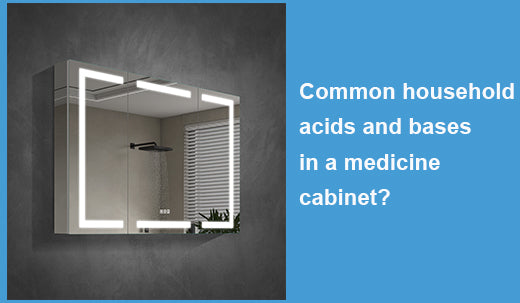




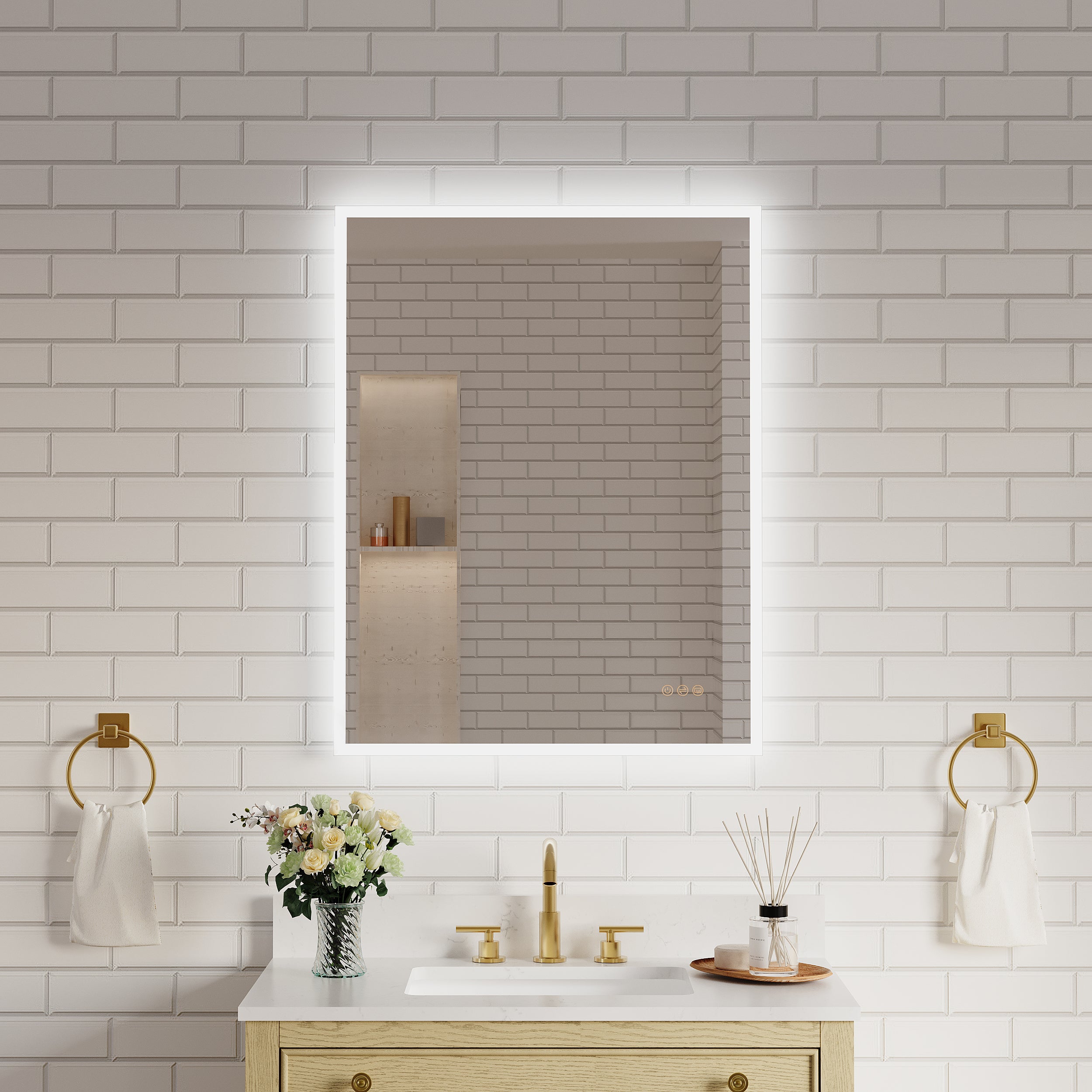

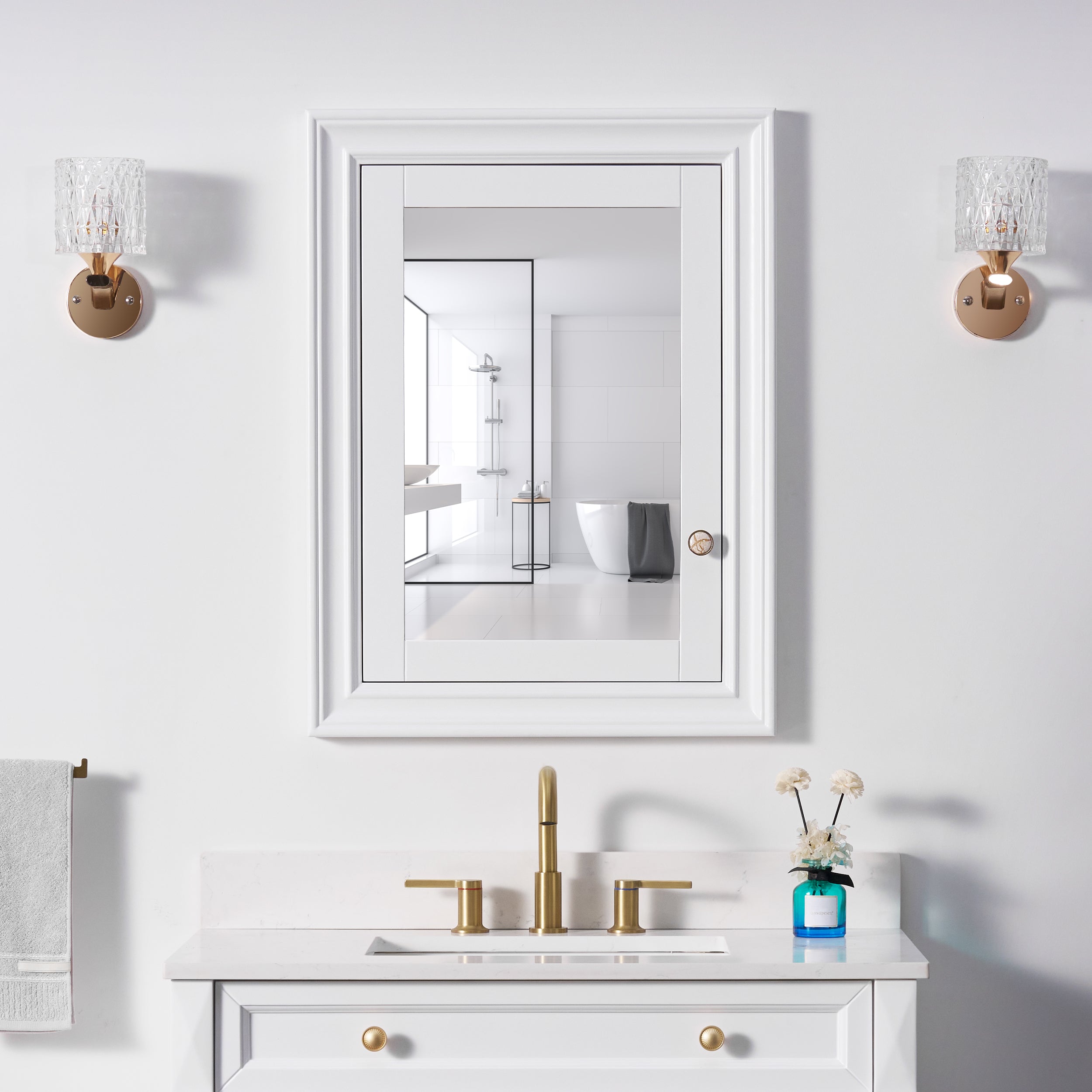
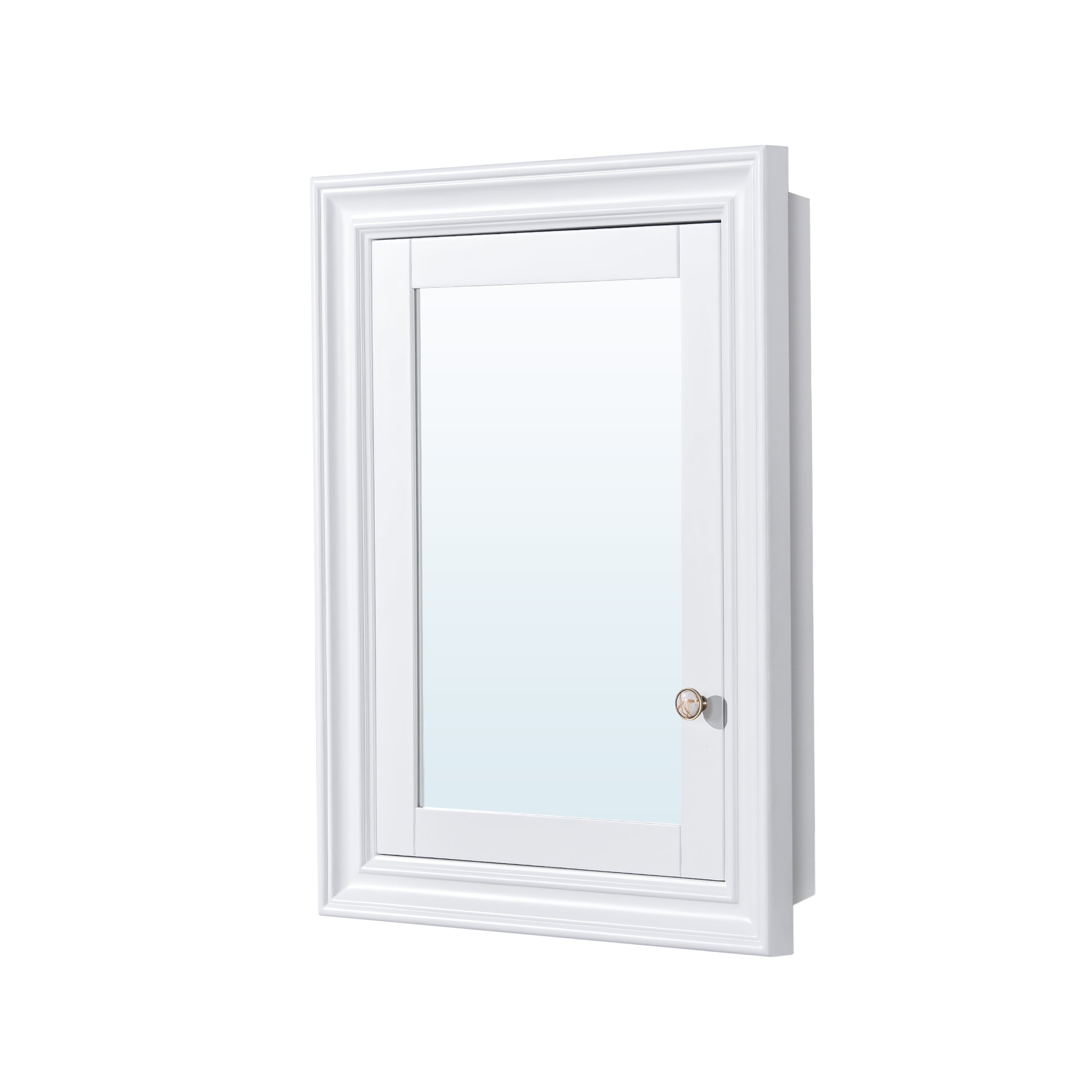

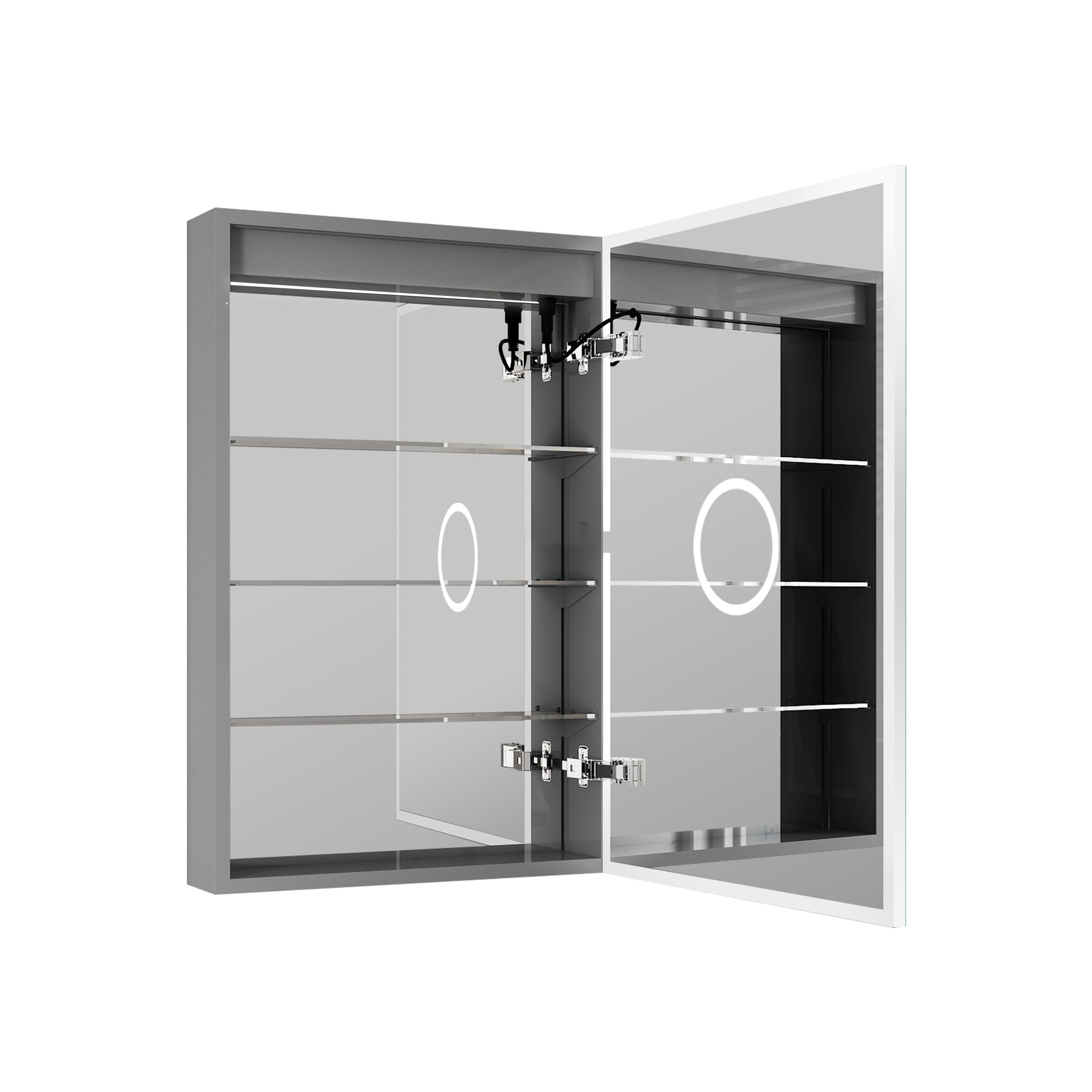

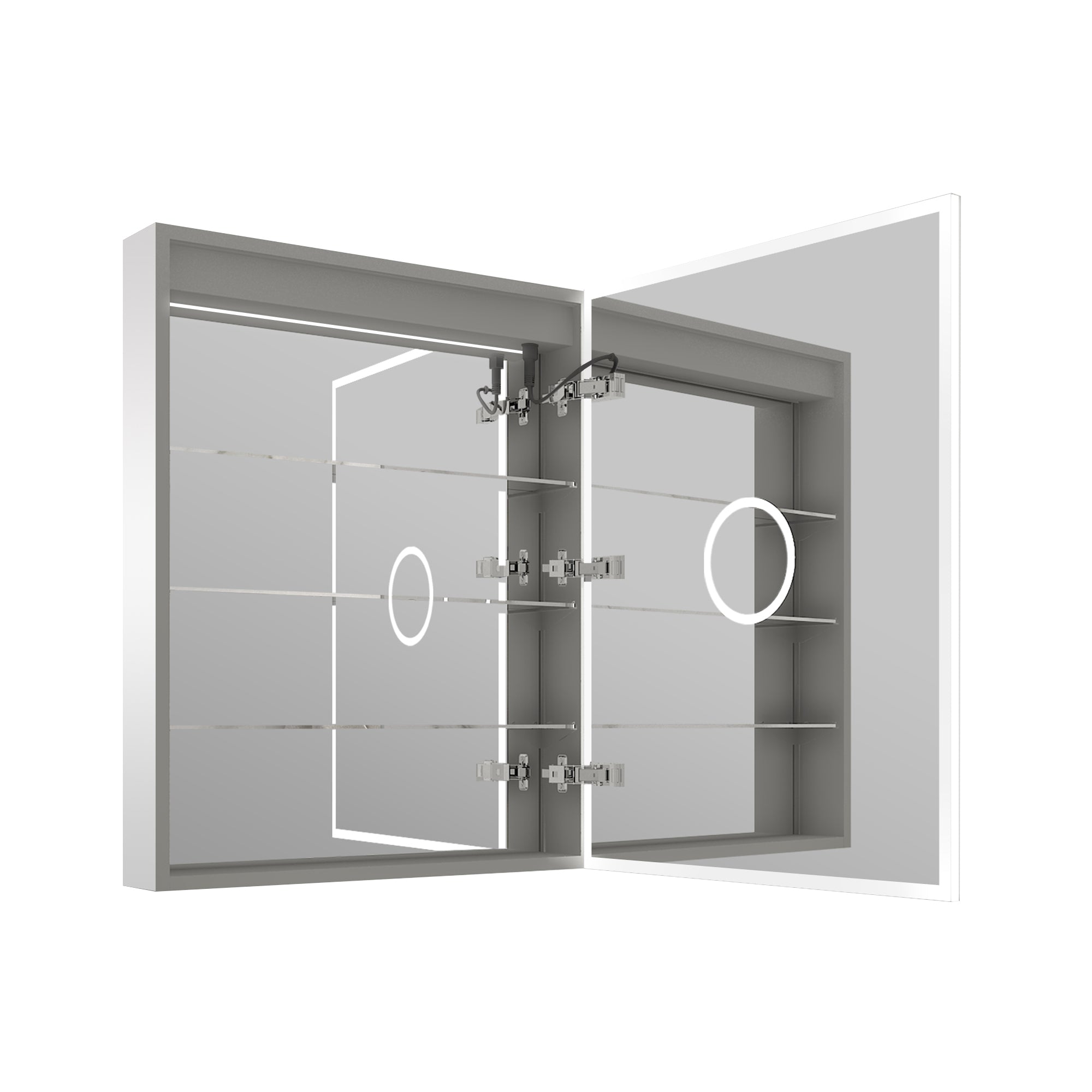
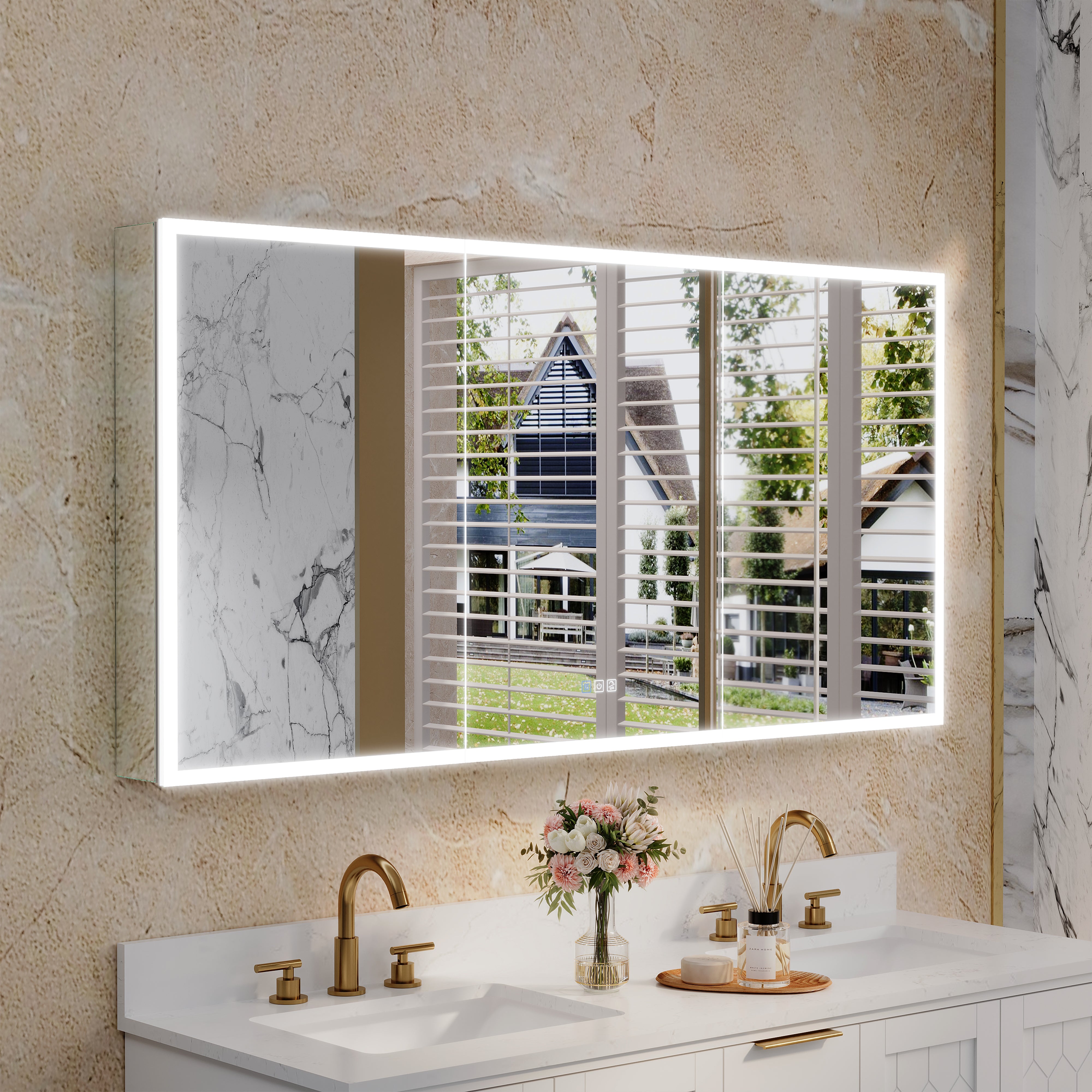
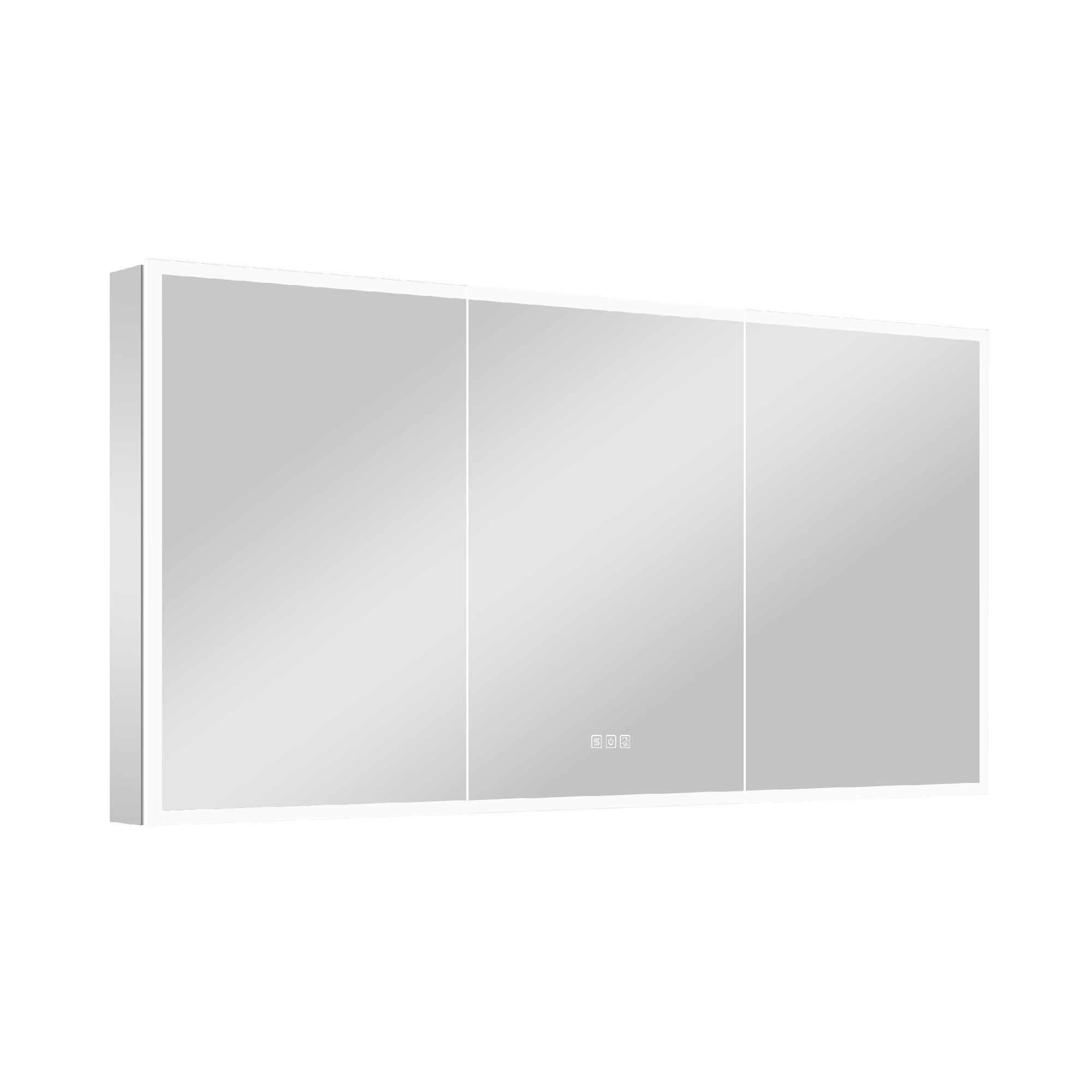
Leave a comment
All comments are moderated before being published.
This site is protected by hCaptcha and the hCaptcha Privacy Policy and Terms of Service apply.